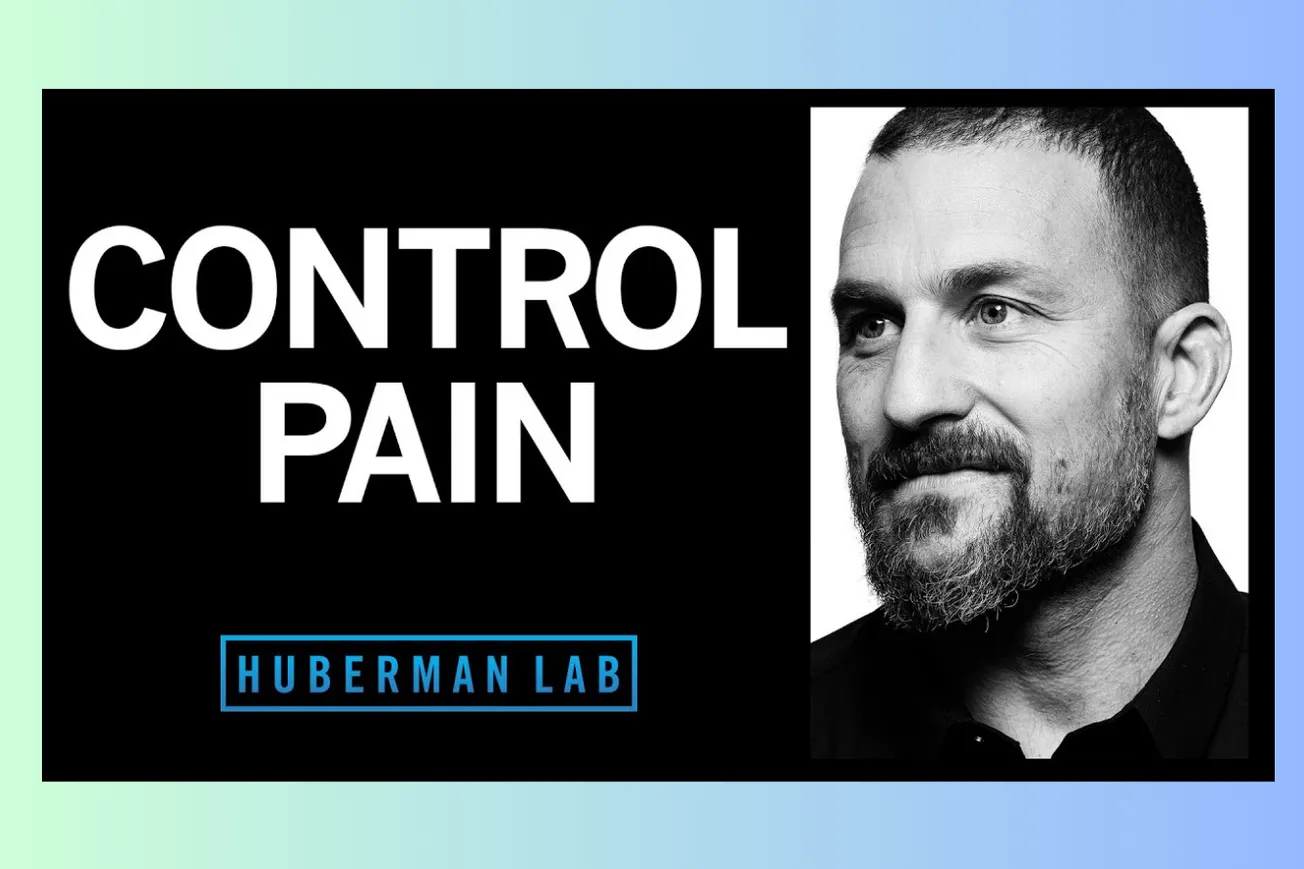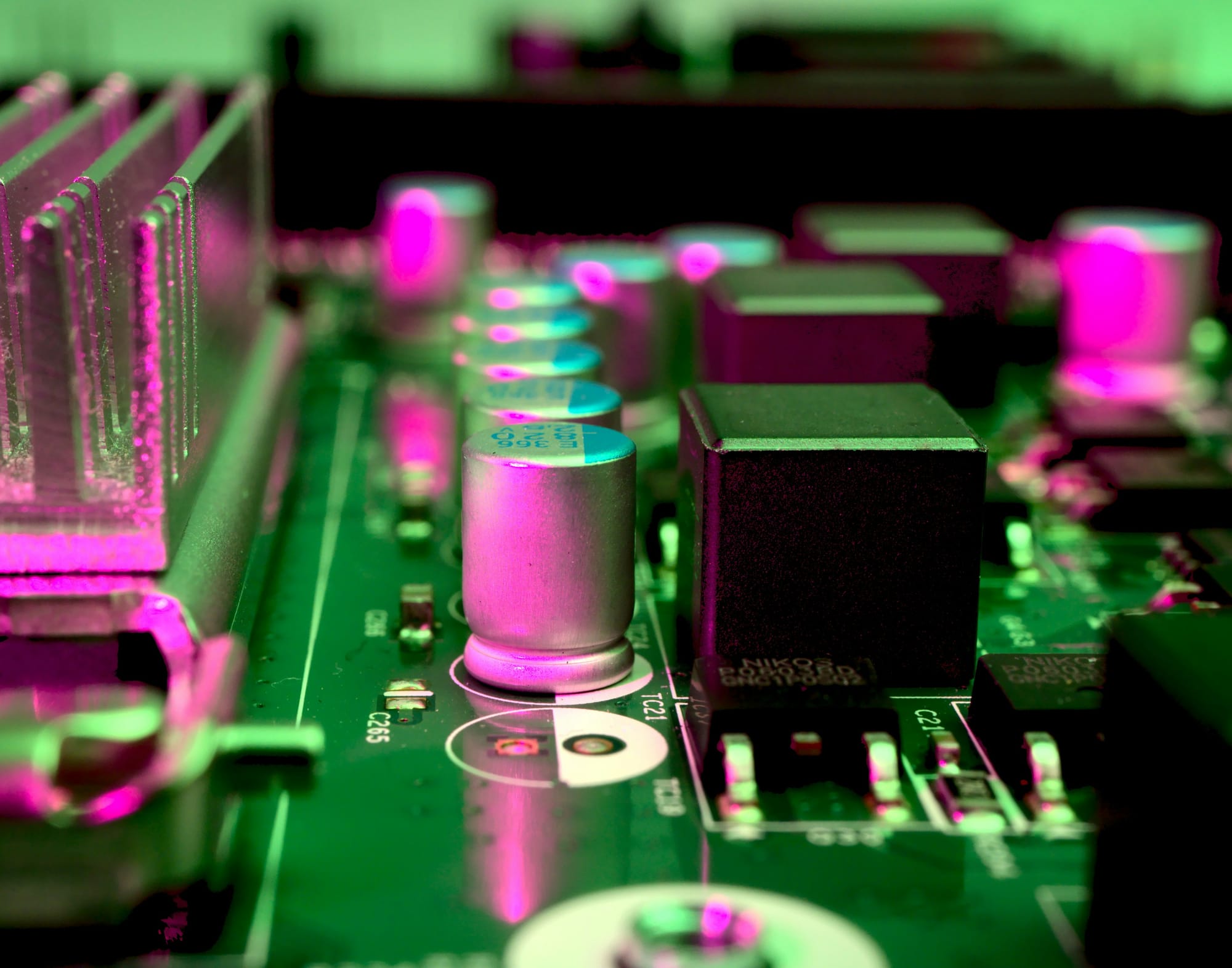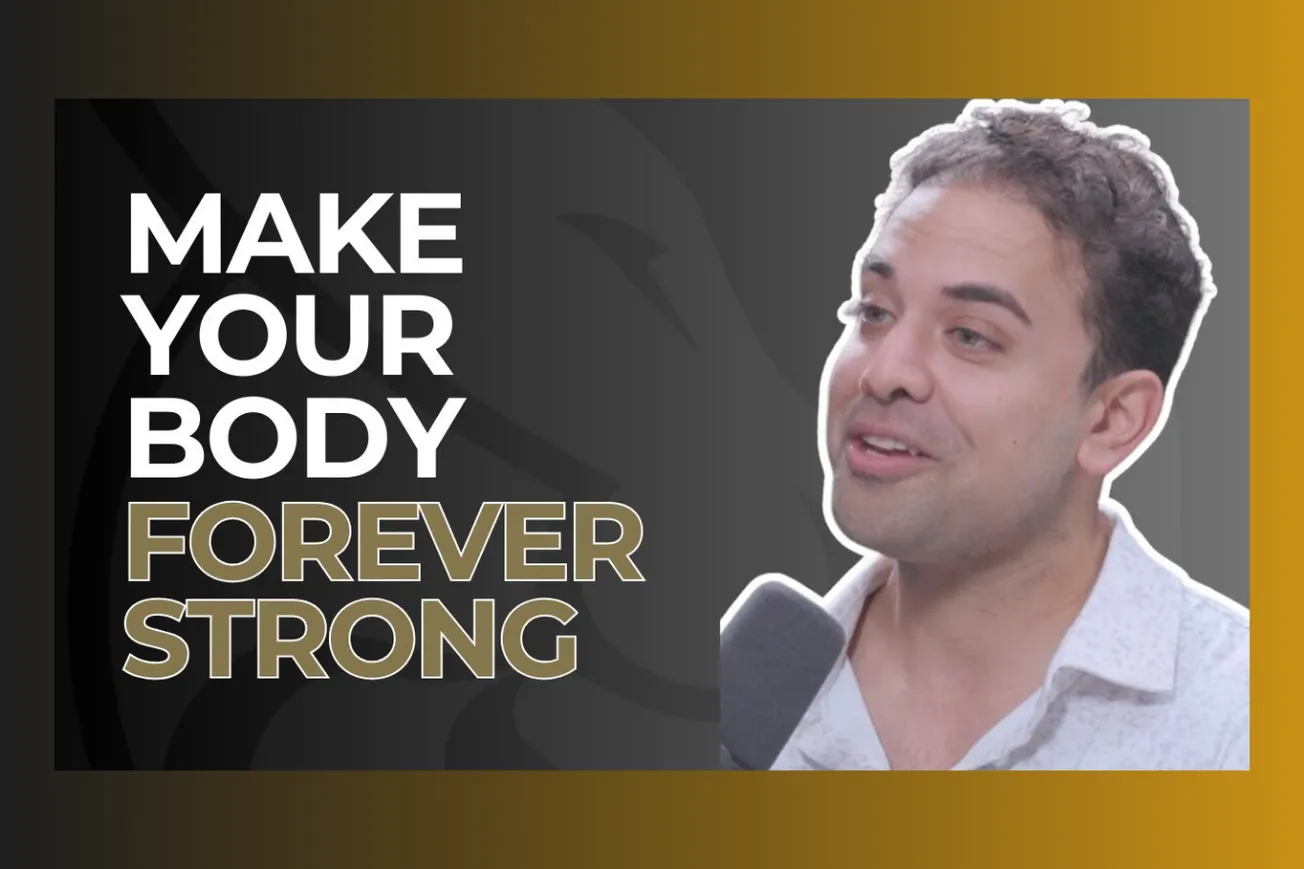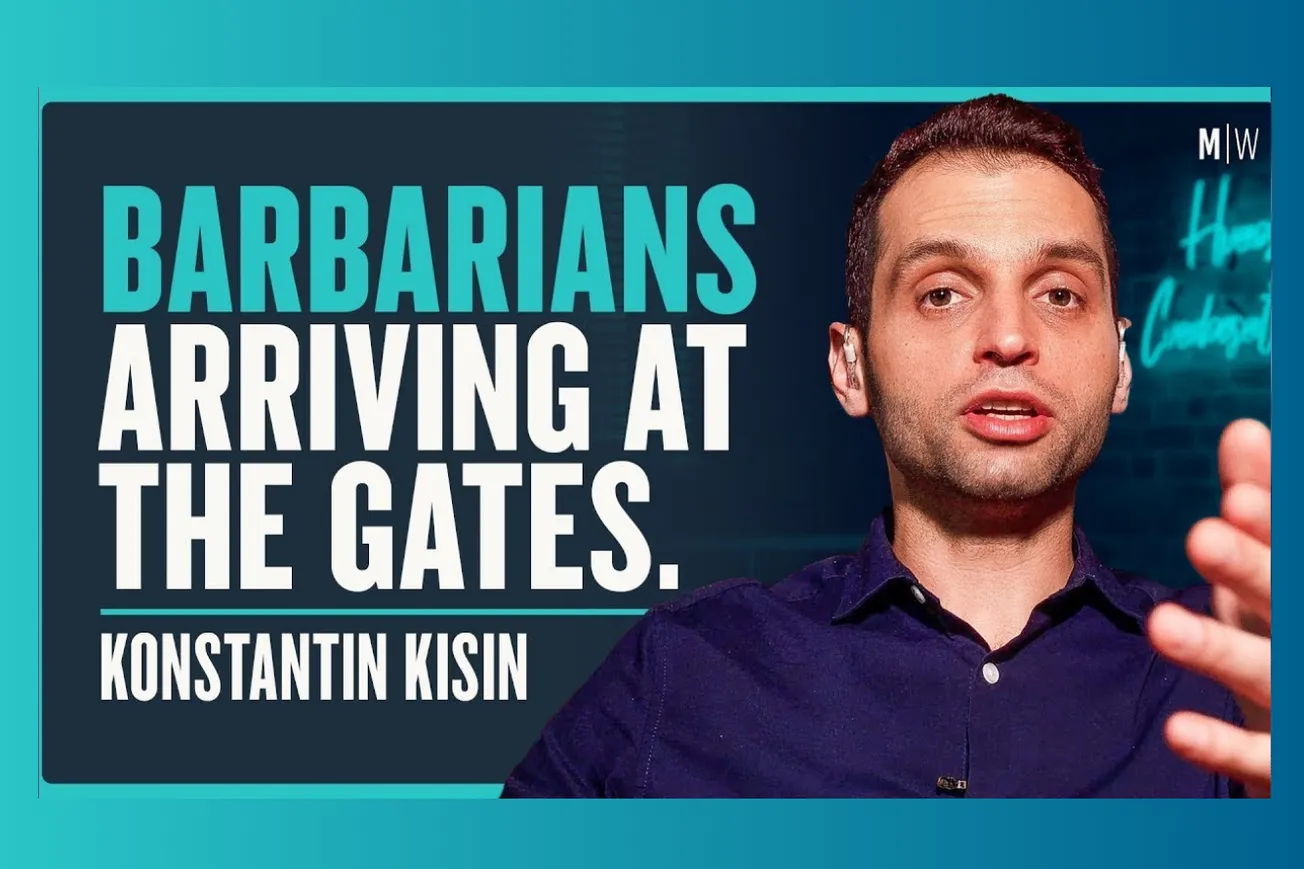Key Takeaways
- Pain is a complex perception influenced by both physical signals (nociception) and the brain's interpretation (top-down control), meaning pain and actual tissue damage can be separate.
- Neuroplasticity, the brain's ability to change, can be deliberately accessed and directed to manage pain and accelerate healing from injuries, including TBI.
- Specific protocols involving movement, sensory input (like vision), sleep, and even mental states (like focused attention or feelings of love) can significantly modulate pain pathways.
- Acute inflammation is a necessary and beneficial part of the healing process, distinct from harmful chronic inflammation. Understanding this difference is key to effective recovery.
- Optimizing sleep (quality and position) and engaging in low-intensity cardio exercise supports the brain's natural clearance system (glymphatic system), crucial for recovery and overall brain health.
- Practices like acupuncture work through definable neural pathways connecting body stimulation points to the autonomic nervous system and pain/inflammation control centers.
Please sign-in to continue reading this post for free!










